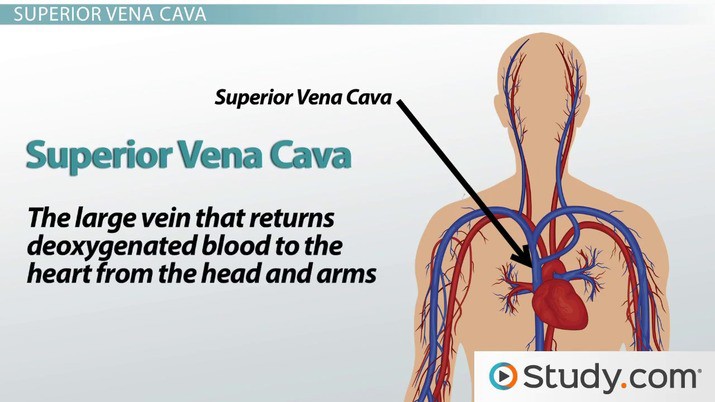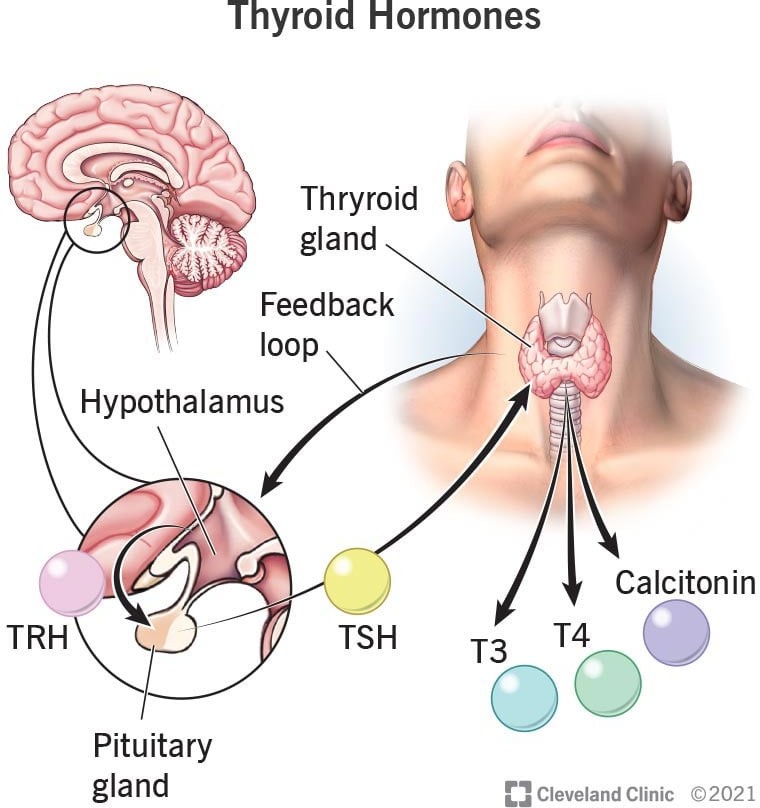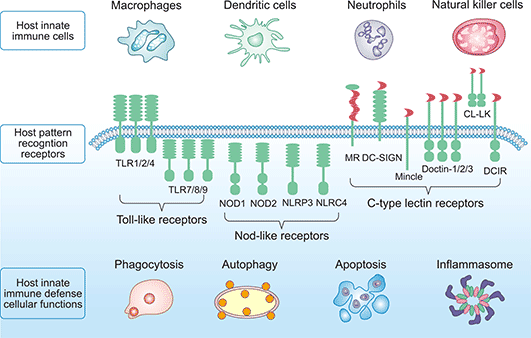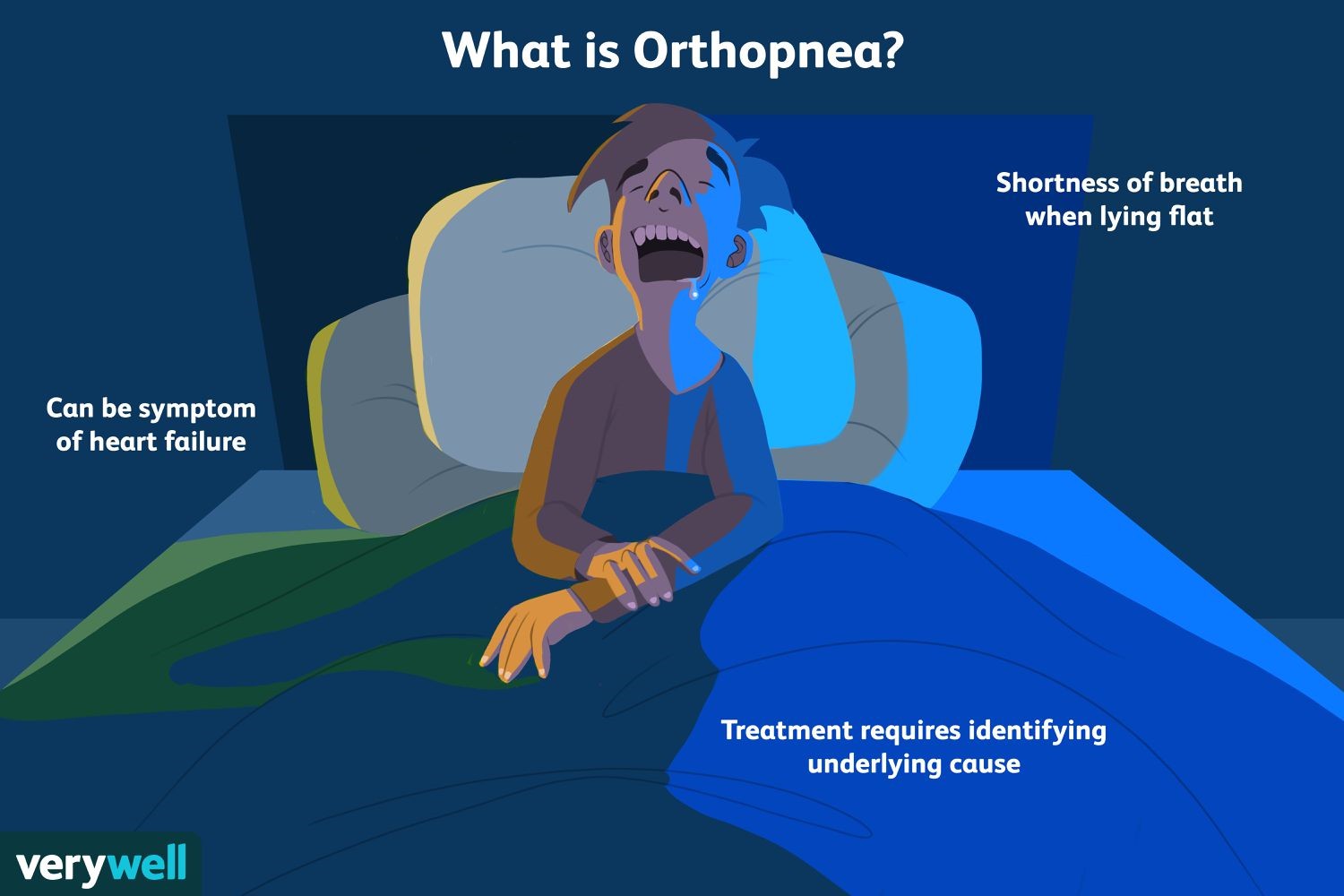What is the largest vein in the human body that returns deoxygenated blood from the upper half of the body to the right atrium of the heart?
A. Superior vena cava.
B. Inferior vena cava.
C. Pulmonary vein.
D. Renal vein.
The correct answer is choice A.
The superior vena cava is the largest vein in the human body that returns deoxygenated blood from the upper half of the body to the right atrium of the heart.

Choice B is incorrect because the inferior vena cava returns deoxygenated blood from the lower half of the body to the right atrium of the heart.
Choice C is incorrect because the pulmonary vein carries oxygenated blood from the lungs to the left atrium of the heart.
Choice D is incorrect because the renal vein carries deoxygenated blood from the kidneys to the inferior vena cava.
Therefore, the Correct Answer is A.
More Questions on TEAS 7 Science
-
Q #1: Which of the following hormones is responsible for regulating the body's metabolism and energy levels?
A. Estrogen
B. Progestin
C. Thyroxine
D. Androgen
Answer Explanation
The correct answer is choice C. Thyroxine.
Thyroxine (T4) is a hormone produced by the thyroid gland that controls your body’s metabolism, the process in which your body transforms the food you eat into energy.

Choice A, Estrogen, is not the correct answer because it is a hormone responsible for the development of female secondary sexual characteristics.
Choice B, Progestin, is not the correct answer because it is a synthetic form of progesterone used in hormonal birth control and hormone replacement therapy.
Choice D, Androgen, is not the correct answer because it is a hormone responsible for the development of male secondary sexual characteristics.
-
Q #2: Which of the following allows a limited range of immune cells to detect and respond rapidly to a wide range of pathogens that share common structures?
A. Pattern recognition receptors (PRRs)
B. Cytokines
C. Chemokines
D. T cells .
Answer Explanation
Pattern recognition receptors (PRRs) are a class of receptors that can directly recognize the specific molecular structures on the surface of pathogens.
PRRs play a crucial role in the proper function of the innate immune system and are germline-encoded host sensors, which detect molecules typical for the pathogens.

Choice B is incorrect because cytokines are not receptors but rather signaling molecules that regulate immunity.
Choice C is incorrect because chemokines are not receptors but rather signaling molecules that attract immune cells to sites of infection.
Choice D is incorrect because T cells are not receptors but rather white blood cells that assist B cells or directly kill infected cells.
-
Q #3: Which subatomic particle contributes to the positive charge of an atom?
A. Proton
B. Neutron
C. Electron
D. Nucleon
Answer Explanation
Protons contribute to the positive charge of an atom.
Protons are subatomic particles with a positive charge found in the nucleus of an atom.

Choice B is incorrect because neutrons are neutral and do not have a charge. Choice C is incorrect because electrons have a negative charge.
Choice D is incorrect because nucleons refer to both protons and neutrons, but only protons contribute to the positive charge of an atom.
-
Q #4: A patient with chronic renal failure is undergoing hemodialysis. What process allows for the removal of waste products and excess fluid from the patient's bloodstream during hemodialysis?
A. Active transport.
B. Osmosis
C. Diffusion
D. Facilitated diffusion.
Answer Explanation
Diffusion.
During hemodialysis, waste products and excess fluids are removed from the blood by diffusion 1.
Diffusion is a separation process in which particles that are dissolved in a solution are relocated from an area of higher concentration in the blood to an area of lower concentration in the dialysate.
Choice A.
Active transport is incorrect because active transport is a process that uses energy to move molecules against a concentration gradient.
Choice B.
Osmosis is incorrect because osmosis is the movement of water molecules across a semipermeable membrane from an area of higher water concentration to an area of lower water concentration.
Choice D.
Facilitated diffusion is incorrect because facilitated diffusion is a process where molecules move down their concentration gradient with the help of carrier proteins.
-
Q #5: What is the largest vein in the human body that returns deoxygenated blood from the upper half of the body to the right atrium of the heart?
A. Superior vena cava.
B. Inferior vena cava.
C. Pulmonary vein.
D. Renal vein.
Answer Explanation
The correct answer is choice A.
The superior vena cava is the largest vein in the human body that returns deoxygenated blood from the upper half of the body to the right atrium of the heart.

Choice B is incorrect because the inferior vena cava returns deoxygenated blood from the lower half of the body to the right atrium of the heart.
Choice C is incorrect because the pulmonary vein carries oxygenated blood from the lungs to the left atrium of the heart.
Choice D is incorrect because the renal vein carries deoxygenated blood from the kidneys to the inferior vena cava.
-
Q #6: What is the normal flora?
A. A variety of microbial species found in certain areas of the human body.
B. A group of infectious parasites that cause diarrheal diseases.
C. The genetic material of bacteria housed within a true nucleus.
D. The protein coat surrounding the viral genome.
Answer Explanation
The normal flora refers to the microbial community that colonizes on the skin and mucus membrane .
Normal flora can be found in many sites of the human body including the skin, respiratory tract, urinary tract, and the digestive tract.

Choice B is incorrect because normal flora does not refer to a group of infectious parasites that cause diarrheal diseases .
Choice C is incorrect because normal flora does not refer to the genetic material of bacteria housed within a true nucleus .
Choice D is incorrect because normal flora does not refer to the protein coat surrounding the viral genome .
-
Q #7: Which of the following organelles is responsible for modifying, sorting and packaging proteins and lipids?
A. Golgi apparatus
B. Mitochondria
C. Ribosomes
D. Endoplasmic reticulum
Answer Explanation
The correct answer is choice A. Golgi apparatus.
The Golgi apparatus is a membrane-bound organelle that is responsible for transporting, modifying, and packaging proteins and lipids into vesicles for delivery to targeted destinations.
Choice B is incorrect because mitochondria are responsible for energy production.
Choice C is incorrect because ribosomes are responsible for protein production.
Choice D is incorrect because the endoplasmic reticulum is responsible for lipid production and protein production, but not for modifying, sorting and packaging proteins and lipids.
-
Q #8: What is hydrogen bonding?
A. The attraction between the relatively positive areas of one molecule and the relatively negative areas of another molecule.
B. The repulsion between the positive and negative charges of two molecules.
C. The attraction between two nonpolar molecules.
D. The attraction between two ionic molecules.
Answer Explanation
Hydrogen bonding is an interaction involving a hydrogen atom located between a pair of other atoms having a high affinity for electrons.

One atom of the pair (the donor), generally a fluorine, nitrogen, or oxygen atom, is covalently bonded to a hydrogen atom, whose electrons it shares unequally; its high electron affinity causes the hydrogen to take on a slight positive charge.
The other atom of the pair (the acceptor), also typically F, N, or O, has an unshared electron pair, which gives it a slight negative charge.
Mainly through electrostatic attraction, the donor atom effectively shares its hydrogen with the acceptor atom, forming a bond.
Choice B) The repulsion between the positive and negative charges of two molecules is incorrect because hydrogen bonding involves attraction, not repulsion.
Choice C) The attraction between two nonpolar molecules is incorrect because hydrogen bonding involves polar molecules.
Choice D) The attraction between two ionic molecules is incorrect because hydrogen bonding involves polar molecules and not ionic molecules.
-
Q #9: Which of the following refers to a condition in which a patient experiences difficulty breathing while lying down, but their breathing improves when they sit up or stand?
A. Orthopnea
B. Hypoxia
C. Tachypnea
D. Bradypnea
Answer Explanation
The correct answer is choice A. Orthopnea.
Orthopnea refers to a condition in which a patient experiences difficulty breathing while lying down, but their breathing improves when they sit up or stand.

Choice B, Hypoxia, is not the correct answer because it refers to a condition in which there is a lack of oxygen supply to the body’s tissues.
Choice C, Tachypnea, is not the correct answer because it refers to rapid breathing.
Choice D, Bradypnea, is not the correct answer because it refers to abnormally slow breathing.
-
Q #10: A patient with chronic kidney disease is at risk for developing which of the following electrolyte imbalances?
A. Decrease in the concentration of calcium in the glomerulus.
B. Increase in the concentration of potassium in the blood.
C. Decrease in the concentration of sodium in the blood.
D. Increase in the concentration of magnesium in the blood.
Answer Explanation
The correct answer is choice B.
A patient with chronic kidney disease is at risk for developing an increase in the concentration of potassium in the blood.
The kidneys play a pivotal role in the regulation of electrolyte balance.
With progressive loss of kidney function, derangements in electrolytes inevitably occur and contribute to poor patient outcomes123.
Choice A is incorrect because calcium concentration is not regulated in the glomerulus.
Choice C is incorrect because chronic kidney disease can result in either an increase or decrease in sodium concentration in the blood.
Choice D is incorrect because chronic kidney disease does not necessarily result in an increase in magnesium concentration in the blood.
Free Access on TEAS 7 Exams and Study Notes
- Access to all TEAS 7 Exams
- Performance Tracking and Analysis
- Well Documented and Explained Questions and Answers
- 2000+ Questions and Correct Answers: Answers Well Explained
- Libary of Detailed StudyNotes
- Topical Questions and Answers on Examinable topics
TEAS 7 Exams (Q&A)
TEAS 7 Study Notes
TEAS 7 Topical Tests

TEAS 7 Study Guides
Quick Links
Refer a Friend
Refer a friend and claim free unlimited access

© 2024 ExamGates Made with by ExamGates
